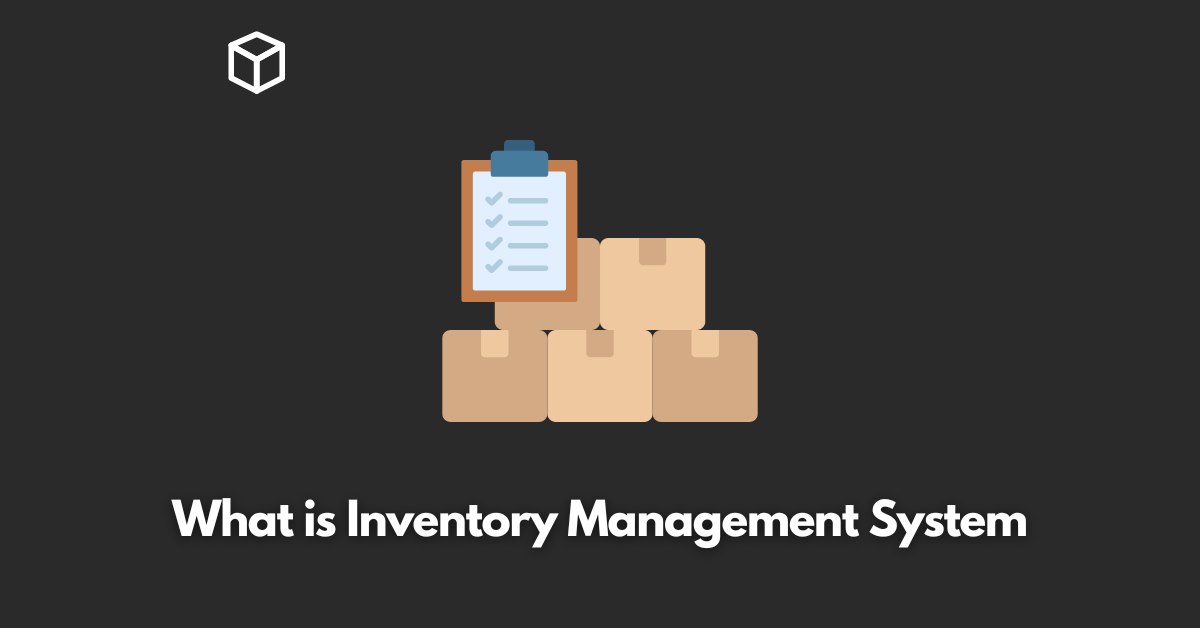Inventory management is a critical aspect of running a successful business.
It involves tracking, monitoring, and managing the flow of goods in and out of a company.
A well-managed inventory system ensures that a business has the right products in the right quantities at the right time, while also minimizing the costs associated with carrying excess inventory.
An inventory management system (IMS) can help businesses manage their inventory more efficiently and effectively.
Types of Inventory Management Systems
There are several different types of IMSs available on the market. Basic inventory tracking systems are the simplest and most affordable option.
They allow businesses to track inventory levels and generate basic reports.
Advanced inventory management software is a more robust option and offers a wide range of features, such as barcode scanning and RFID technology, order management, and reporting and analytics.
Enterprise resource planning (ERP) systems are the most comprehensive and expensive option.
hey integrate inventory management with other business functions, such as accounting and manufacturing.
Each type of IMS has its own set of pros and cons. Basic inventory tracking systems are easy to use and affordable, but they lack the advanced features of more robust systems.
Advanced inventory management software offers a wide range of features, but it can be more difficult to use and is often more expensive.
ERP systems are the most comprehensive, but they are also the most expensive and complex to implement. The type of business will determine which system is the best fit.
Key Features of an Inventory Management System
One of the key features of an IMS is inventory tracking and monitoring. This allows businesses to keep track of how much inventory they have on hand and how much they need to order.
Barcode scanning and RFID technology make it easy to quickly and accurately track inventory levels.
Order management is another important feature that allows businesses to manage their purchase and sales orders, and automate the reordering process.
Reporting and analytics provide valuable insights into inventory levels, sales trends, and other key metrics.
Automated reordering and replenishment can help businesses ensure they never run out of stock.
Multi-channel integration allows businesses to manage inventory across multiple sales channels, such as online marketplaces, retail stores, and e-commerce websites.
Implementing an Inventory Management System
Implementing an IMS can be a complex and time-consuming process. The first step is to choose the right system for your business.
This involves evaluating the different types of IMSs and determining which one will best meet your needs. Once you have chosen the right system, you will need to set it up and configure it.
This can include installing software, configuring settings, and inputting data. Next, you will need to train your employees on how to use the system.
Integrating the system with other business systems can also be challenging, but it is important for ensuring seamless workflow.
Once the system is up and running, ongoing maintenance and support are essential to keep it running smoothly.
Conclusion
In conclusion, an inventory management system (IMS) is a critical tool for businesses that want to improve their inventory management processes and increase efficiency.
It can help businesses track inventory levels, manage purchase and sales orders, and automate the reordering process.
It can also provide valuable insights into sales trends and other key metrics. Implementing an IMS can be a complex process, but the benefits are well worth the effort.
Businesses that want to improve their inventory management should consider implementing an IMS to help them stay competitive in today’s market.





